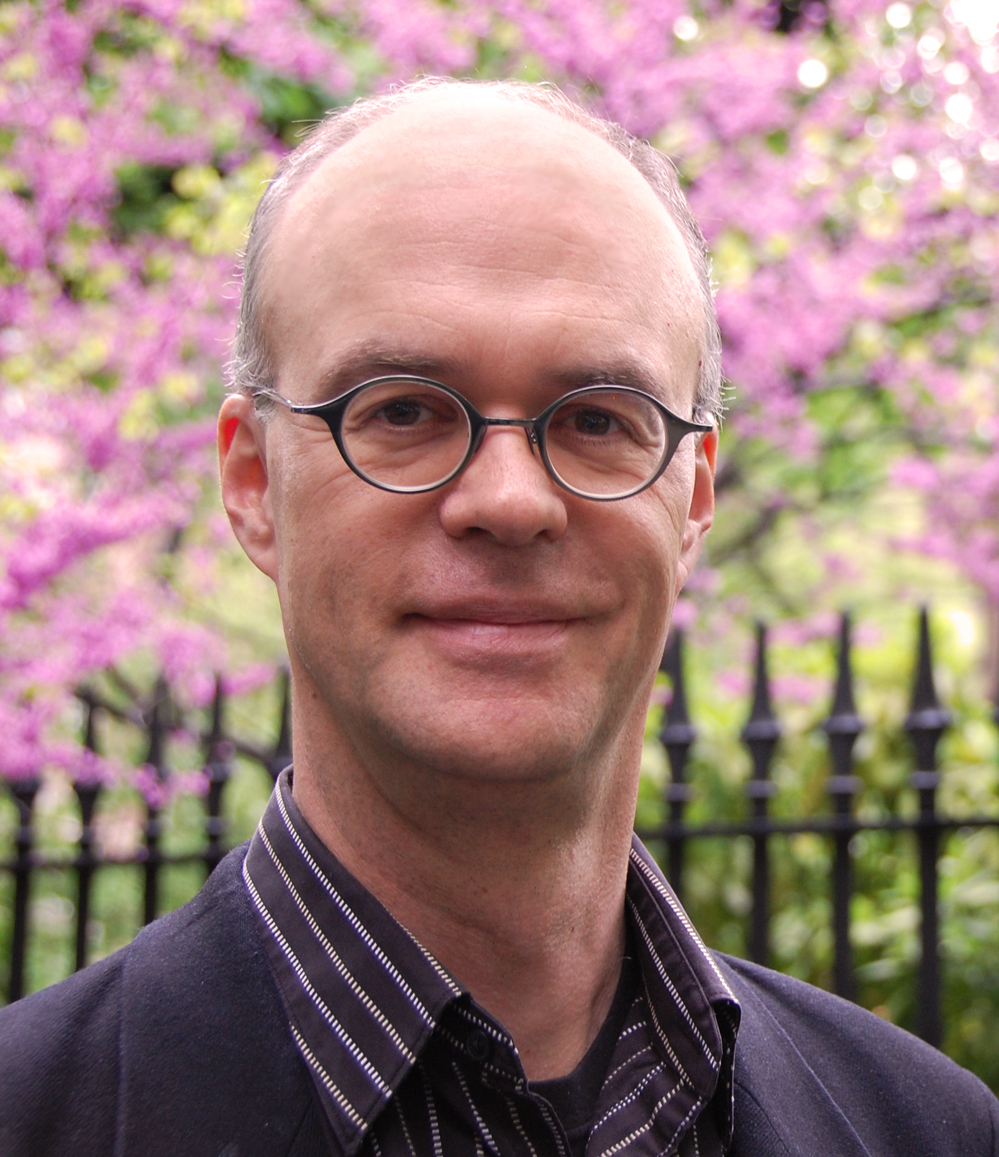
John V. Maciuika
The Eternal Palace analyzes the Berlin palace site’s evolution, transformation, and reconstruction over several centuries. When reconstruction of the Berlin palace is completed in 2020, the building will serve as the centerpiece of a reconstituted Prussian architectural ensemble meant not only to displace earlier communist landmarks, but also to rewrite Berlin’s history in stone. Significantly, the Berlin palace reconstruction is closely modeled on the late-seventeenth- and early-eighteenth-century Baroque architecture of Andreas Schlueter. In 1696 Schlueter came directly from nearly a year of studying architectural precedents in Rome to oversee design and construction of several Baroque projects in Berlin. I am writing an architectural history that takes account of Roman and international influences on the architecture of the palace and surrounding ensemble, both in their seventeenth- and eighteenth-century conceptions and, now, in their twenty-first-century reconstruction.